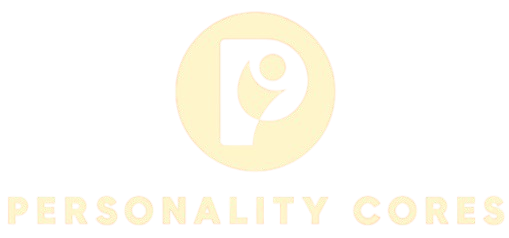In the realm of web design, accessibility features have transitioned from being supplementary considerations to essential components of inclusive design practices. As the digital landscape expands, ensuring that websites are accessible to all users, regardless of their abilities or disabilities, has become a fundamental aspect of creating equitable and user-friendly online experiences. This shift reflects a growing recognition of the need to accommodate diverse user needs and foster inclusivity in the digital world. Accessibility features are designed to address a range of impairments, including visual, auditory, cognitive, and motor disabilities. Key features such as screen readers, keyboard navigation, and alternative text for images are crucial for users with visual impairments. Screen readers convert text and other visual elements into spoken words, while alternative text provides descriptions for images, ensuring that visually impaired users can understand the content. Keyboard navigation allows users who cannot use a mouse to interact with web elements, enhancing usability and access.

For users with auditory impairments, features like captioning and transcripts for multimedia content are essential. Captions provide text versions of spoken dialogue and sound effects in videos, making content accessible to those who are deaf or hard of hearing. Transcripts offer a text-based version of audio content, further ensuring that information is available to all users. Implementing these features not only complies with accessibility standards but also enriches the user experience by making content more inclusive. Cognitive and motor impairments require thoughtful design considerations as well. Websites with clear, simple navigation and readable fonts cater to users with cognitive disabilities, while adjustable font sizes and color contrast improve readability. For those with motor impairments, ensuring that interactive elements are easy to select and that forms are designed with accessible fields and error messages is crucial. Features such as voice commands and touch-friendly interfaces also enhance accessibility for users with limited dexterity.
The adoption of accessibility best practices not only benefits users with disabilities but also contributes to a more inclusive digital environment. Accessible design practices, such as adhering to the Web Content Accessibility Guidelines WCAG and conducting usability testing with diverse user groups, ensure that websites meet a broad range of needs. These practices help organizations comply with legal requirements and demonstrate a commitment to social responsibility. Moreover, incorporating accessibility features can enhance overall user experience for all visitors. For example, users with temporary impairments or those accessing websites in challenging environments benefit from features such as high-contrast modes and adjustable text sizes. By embracing accessibility, web designers create a more equitable online space that values and supports the needs of every user. As the importance of inclusivity in web design continues to gain momentum, accessibility features have become a core aspect of developing digital content. By integrating these features, web designers not only comply with standards but also champion a more inclusive and accessible internet, ensuring that everyone has the opportunity to engage with and benefit from online resources.

